SmartSwitch User Optimization¶
BidSwitch enables users to create customised user groups. Using these groups, SmartSwitch can then optimise the BidStream sent to a Buyer to include more or less traffic that matches the user group criteria. The following table outlines one usage scenario where users are split depending on the information known about them.
Group |
Browser (Cookie Based) |
App (IDFA Based) |
|---|---|---|
User Group 2 |
Cookie based users to retarget |
Requests that have an Advertising ID (AAID) for Android devices. |
User Group 3 |
Users that require cookie-less syncing, i.e Safari users |
Requests that have an iOS Identifier for Advertising (IDFA). |
Once these user groups are created by the user, the following will be applied to those groups within BidSwitch.
Users are automatically placed into the above groups, based on their cookie ID or Advertising ID.
Based on the Buyer’s buying pattern for these groups, in combination with other key parameters such as Country, Site, SSP etc, the Buyer will receive more/less requests from either users in group 2 or group 2.
Benefits of Creating User Groups¶
Creating User Groups lets SmartSwitch receive more granular information from the Buyer with which to further optimize their BidStream.
Custom user groups enable SmartSwitch to make better decisions regarding users and inventory desired by a Buyer.
It can also help Buyers and BidSwitch investigate if there are any issues
Creating User Groups improves the effectiveness of the SmartSwitch benefits outlined in the SmartSwitch and QPS section.
User Groups help buyers run branding and retargeting campaigns, such as outlined in the below use cases example.
User Group Use Case¶
Scenario
A Buyer creates a branding and retargeting campaign for both cookie-based users and mobile users, but all users are automatically placed into the same group. As a result, there will be no clear distinction between campaigns for SmartSwitch to learn and optimize the feed for different types of users.
Solution
The Buyer should create custom user groups for retargeting purposes, using the below groupings as an example.
Group |
Criteria |
|---|---|
User Group 1 |
Users that are synced with BidSwitch. |
User Group 2 |
Cookie based users to retarget. |
User Group 3 |
IFA users to retarget. |
Once these groups are set up, depending on the Buyer’s buying behavior, SmartSwitch will optimize the feed sent to the Buyer for each group. For example, if the Buyer bids less and wins less with User Group 1, SmartSwitch will adapt and send fewer requests with users from that group.
Note
If users need to be moved from one group to another, it is the Buyer’s responsibility to move them.
Group numbers are arbitrary and have no meaning to BidSwitch, the groups only have meaning to the Buyer that created them.
Each additional group should be well differentiated to improve optimization.
User Group Syncing¶
Note
For In-App syncing, see the In-App User Optimization section.
During cookie syncing, when a Buyer sends their cookie ID to
BidSwitch, it is possible to append the user_group parameter to the pixel. This
specifies which group BidSwitch should place the user in for SmartSwitch. There are two
restrictions with usage group numbering.
The valid values are
1 - 99.User group
1is considered the default group. In the case of website traffic, users will be filtered out by Only users synced by buyer targeting.
Buyer initiated cookie sync:
## Syntax
http://x.bidswitch.net/sync?dsp_id=[DSP_ID]&user_id=[DSP_COOKIE_ID]&expires=30&user_group=[NUMERICAL_VALUE]
## Example
http://x.bidswitch.net/sync?dsp_id=1&user_id=1235ABC&expires=30&user_group=5
Supplier Initiated Cookie Sync Response:
## Syntax
http://x.bidswitch.net/sync?dsp_id=[DSP_ID]&user_id=[DSP_COOKIE_ID]&expires=30&ssp=[SSP_NAME]&user_group=[NUMERICAL_VALUE]
## Example
http://x.bidswitch.net/sync?dsp_id=1&user_id=1235ABC&expires=30&ssp=rubicon&user_group=5
